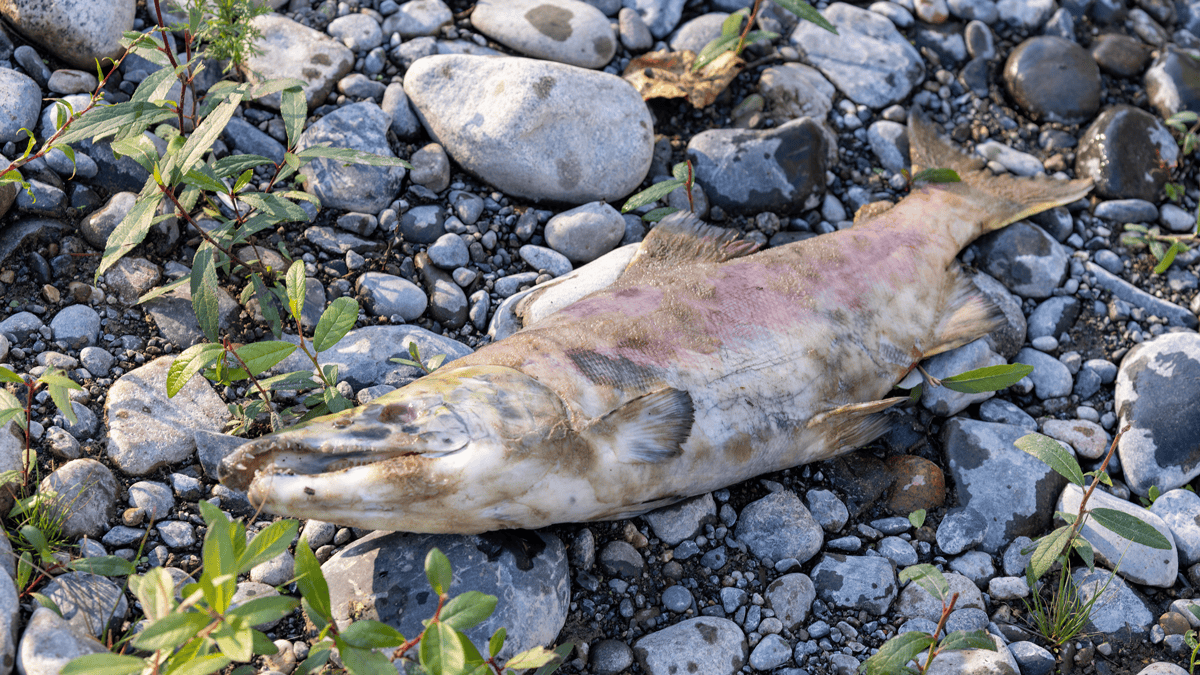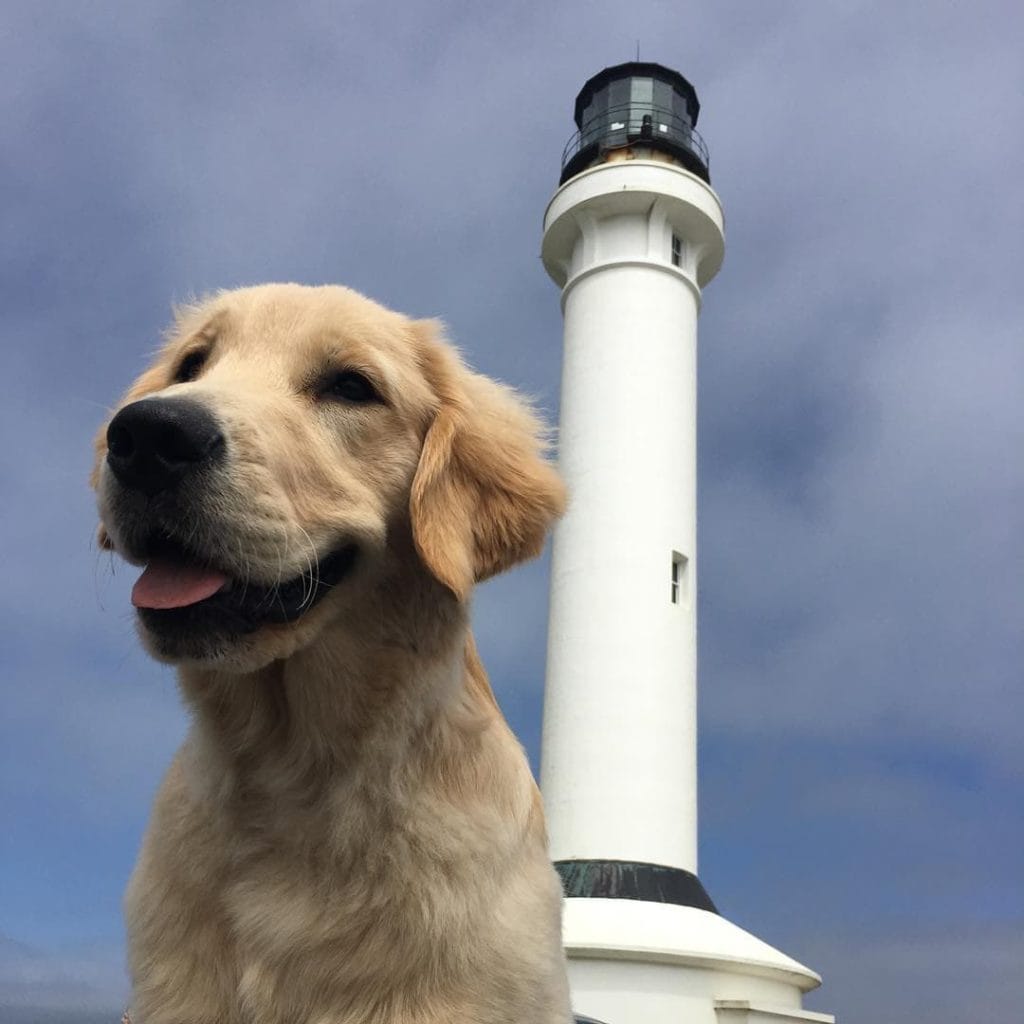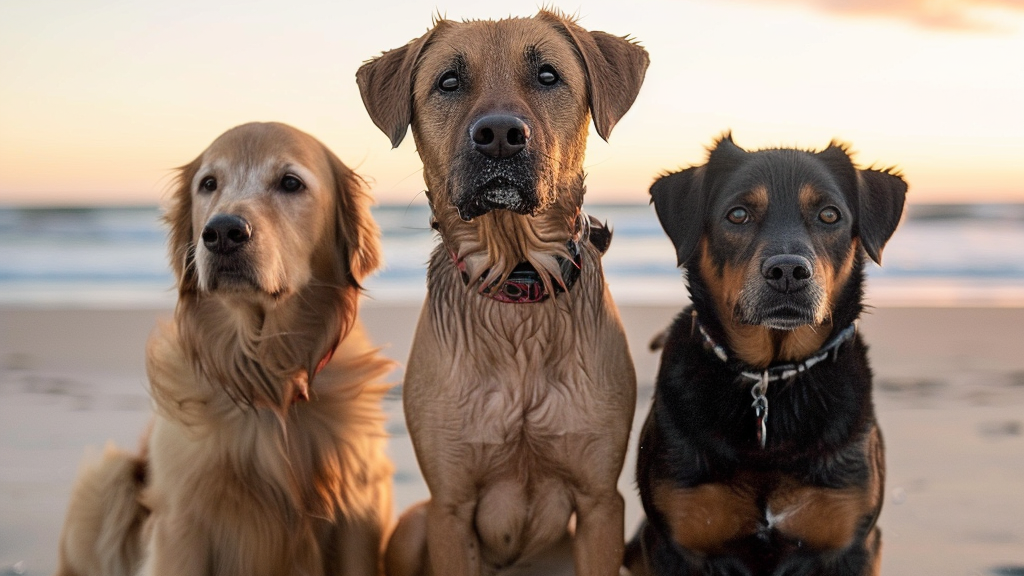Understand the causes and early warning signs
Dogs are known for sniffing out interesting scents on the beach, but it’s essential to be cautious. Salmon poisoning disease, a potentially fatal illness that affects dogs that eat raw or undercooked fish, is a significant risk along the California coast. This illness is caused by Neorickettsia helminthoeca, a bacterium carried by a parasitic flatworm, Nanophyetes salmincola, which is commonly found in salmon and other salmonids. Because the parasites need time to hatch, the symptoms might not appear immediately, complicating early detection.
Recognize the warning signs
Here are some key signs to look out for that may indicate salmon poisoning disease in dogs:
- Unusual behavior: If your typically energetic dog becomes lethargic or shows less interest in playing or going for walks, it could be a sign of illness. Keep an eye on any changes in your dog’s behavior.
- Digestive issues: Salmon poisoning disease often leads to gastrointestinal problems. Symptoms such as vomiting, diarrhea, or a loss of appetite may indicate your dog has eaten contaminated fish.
- Elevated body temperature: A fever is a common symptom of infection. If your dog feels unusually warm or is panting more than usual without exertion, it could be a sign of fever. Use a thermometer to confirm your dog’s temperature.
- Rapid weight loss: If your dog starts losing weight unexpectedly, especially without changes in diet or exercise, it could be due to a parasitic infection.
- Reduced energy and weakness: A drop in energy or reluctance to move can signal salmon poisoning disease. If your dog is suddenly sluggish, it’s worth investigating further.
Understand the typical timeframe
Since the parasites require time to mature, symptoms might not appear immediately after a dog eats raw or undercooked fish. The usual incubation period for salmon poisoning disease is between six and 10 days. If you’ve been to a high-risk area, be especially watchful during this time.
Take swift action if you notice symptoms
If you spot any of these signs, act quickly. While the disease is treatable, early intervention is critical for a successful recovery. Consult your veterinarian if you’re concerned, and mention any recent exposure to raw fish or trips to areas where fish carcasses might be present.
Tips for prevention and treatment
The best way to keep your dog safe from salmon poisoning disease is to prevent exposure to raw or undercooked fish. Avoid letting your dog eat fish off the beach, and ensure any fish you share is cooked thoroughly to at least 145 degrees Fahrenheit. Keep bones and harmful seasonings away from your dog, and be cautious around fish carcasses.
By staying alert and recognizing the signs of illness, you can take swift action to protect your dog’s health and enjoy your time together exploring the beautiful California coast.
Last updated on April 24, 2024.







